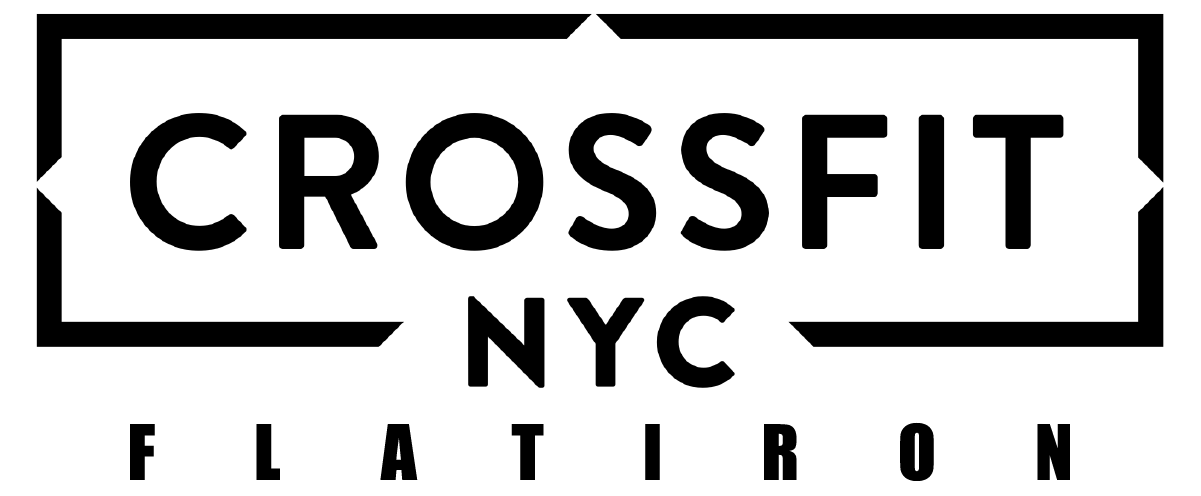Years ago, I taught test preparation courses (GMAT, LSAT) for Stanley Kaplan. One of the things that causes anxiety for many students is not finishing all the questions. I asked those students to consider the following approach: Go straight to the answer grid and fill in an oval–any oval–for every question. It takes about a minute or two to “answer” all the questions this way. Then, with that out of the way, spend the remaining time finding and correcting as many wrong answers as possible. Of course, this is a terrible strategy.
The best strategy for a standardized test is to maximize the “raw score,” which is equal to the number of questions answered right minus a fraction of the number answered wrong. Similarly, the goal of CrossFit training is not simply to maximize “volume.” Your goal should be to get the WOD “right,” so to speak. Unlike a standardized test where there is (or should be) an objectively correct answer, in CrossFit, the answer is subjective, based on the level of intensity that you are capable of.
All things being equal, longer workouts are done at a lower level of intensity. As volume increases, intensity decreases. It is humanely possible to run 100 meters in under 10 seconds. It is not humanly possible to run 1000 meters in under 100 seconds (or even under 120 seconds).
Think of your “raw score” in CrossFit as the sum of the number of WOD’s you do times the intensity with which you do them. Showing up five to seven days per week and going through the motions with minimal intensity is like filling in the answer grid without reading the questions.
Each time you do a WOD, self-rate your overall exertion (intensity) from 1 to 5. This will be subjective, and your internal scale will vary from that of other people but try to be consistent and honest with yourself. You know there are days when you are “dialing it in” with a 1 or a 2. You also know (or should know) what it feels like to go all out, to know that you could not have finished a second faster or done one more rep in the time cap. Those days are a 5, and if you tell yourself that you’re hitting a 5 more than once per week, you’re probably not telling yourself the truth.
Just as on a standardized test, it is better to take your time and get 70 of 80 questions attempted right than it is to get 65 of 100 questions attempted right, in CrossFit it is better to take rest /active-recovery days and to do fewer WOD’s with greater intensity.
Add up your intensities for the week. Our best athletes (the ones who have legit “Fran” times and/or Open Scores to prove it) probably average 4.5 days @ 4.0 = 18. Our typical member averages 2.5 days @ 3 = 7.5. For the typical member looking for results (i.e., increased fitness) the smart move would be to 3 or 4 days @ 4 (= 12 to 16) not to 4 days or 5 days @ 2.5 (= 10 to 12.5).

